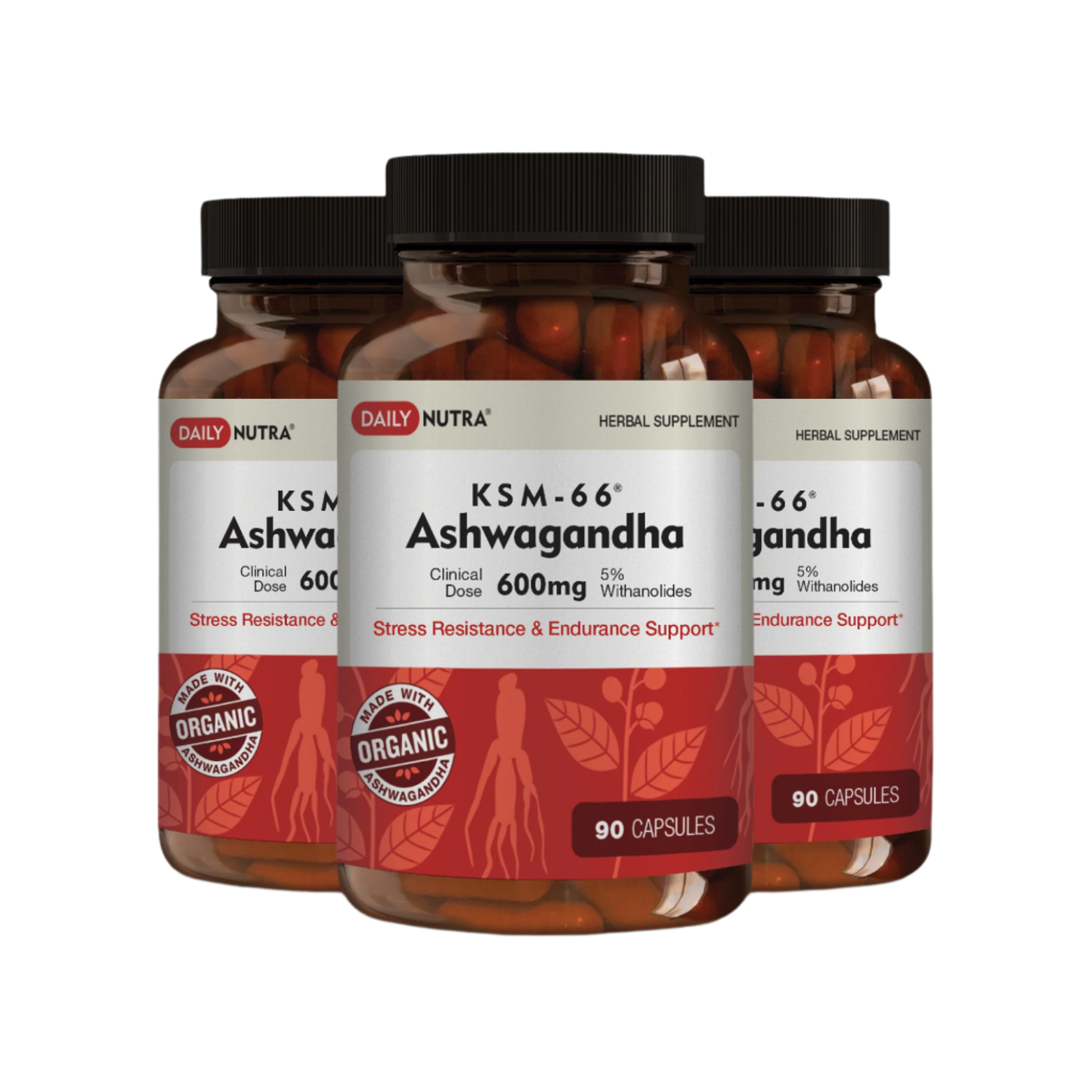Abstract Summary
Objective
To evaluate whether ashwagandha (Withania somnifera) should be taken before or after meals by analyzing available clinical, pharmacological, and traditional evidence on absorption, bioavailability, and gastrointestinal tolerance.
Context
Ashwagandha, a cornerstone of Ayurvedic medicine, is increasingly used in the West for stress reduction, energy balance, and sleep support. Its key active constituents—lipid-soluble withanolides—suggest that timing with food could affect both absorption and tolerability. Ayurveda traditionally recommends taking ashwagandha with milk or ghee to enhance assimilation and reduce potential digestive irritation. Modern consumer guidance often mirrors this, though formal “fed vs. fasted” clinical trials remain scarce.
Methods Used
Approach
A narrative review of clinical and pharmacokinetic literature was conducted to determine whether food intake influences ashwagandha’s absorption and gastrointestinal safety. Studies comparing standardized ashwagandha extracts in various dosing regimens were prioritized, along with data on withanolide pharmacokinetics and traditional administration methods.
Data Collection
Peer-reviewed articles from PubMed, ScienceDirect, and Elsevier were reviewed, focusing on clinical trials, pharmacokinetic profiles, and safety reports from 2018–2024. Sources included both human and preclinical studies examining serum withanolide levels, digestive tolerance, and bioavailability. Regulatory reports from the Therapeutic Goods Administration (TGA) and European Medicines Agency (EMA) were also consulted.
Researchers’ Summary of Findings
Health Implications
For stress, focus, or vitality support, morning dosing with breakfast is recommended. For sleep and relaxation, evening dosing with dinner may be more effective. The consistency of timing (rather than fasting state) is more important for long-term outcomes.
Safety analyses report ashwagandha as generally well tolerated, though rare liver-related adverse effects have been observed. These events appear idiosyncratic rather than linked to meal timing. Ashwagandha should be avoided during pregnancy or lactation and used cautiously in individuals with thyroid disorders or those on sedatives, immunosuppressants, or antidiabetic medications.
Sustainability
Ashwagandha is a drought-resistant, low-input crop native to arid regions of India. Its environmental footprint is relatively small, making it a sustainable botanical resource. Ensuring sourcing from ethical, traceable suppliers helps maintain both ecological integrity and consumer safety.
DOI
10.1016/j.phyplu.2023.100465





